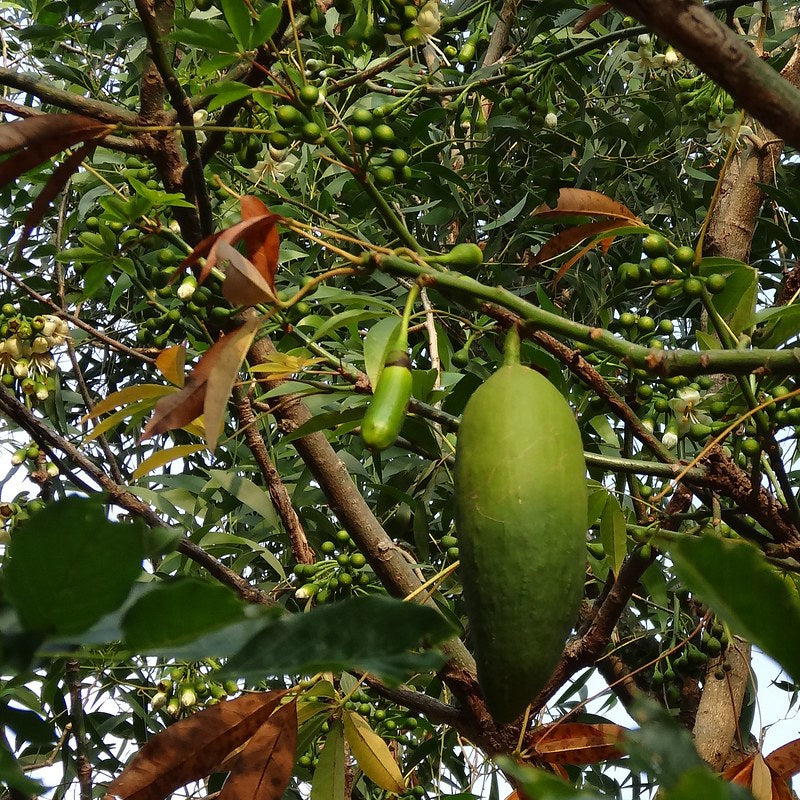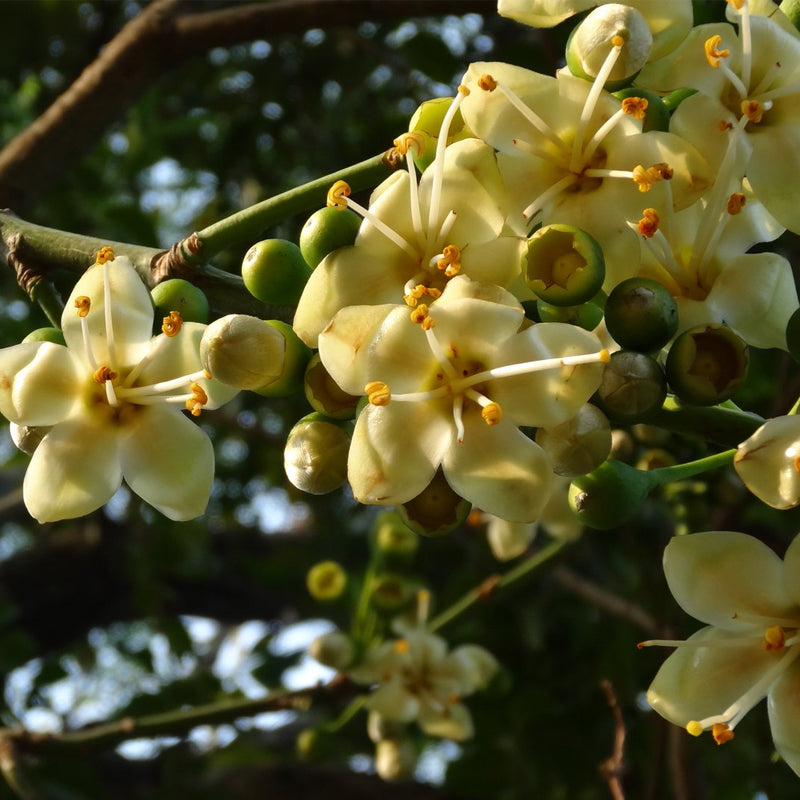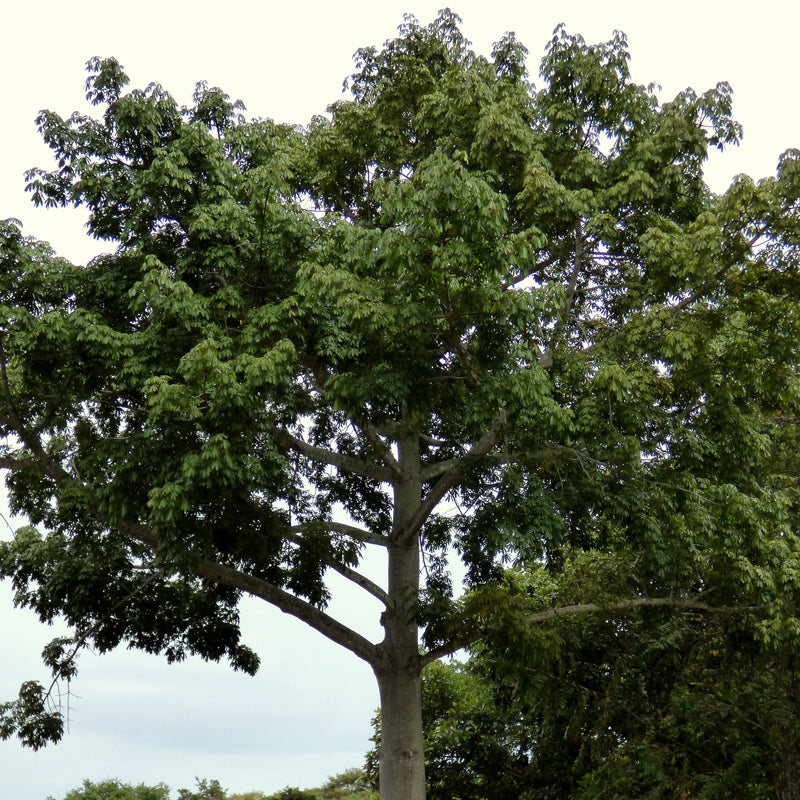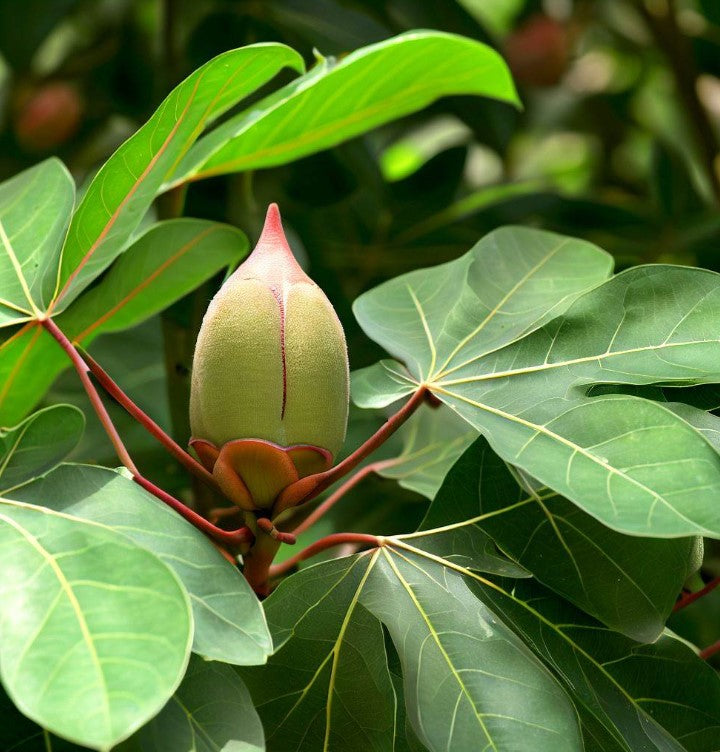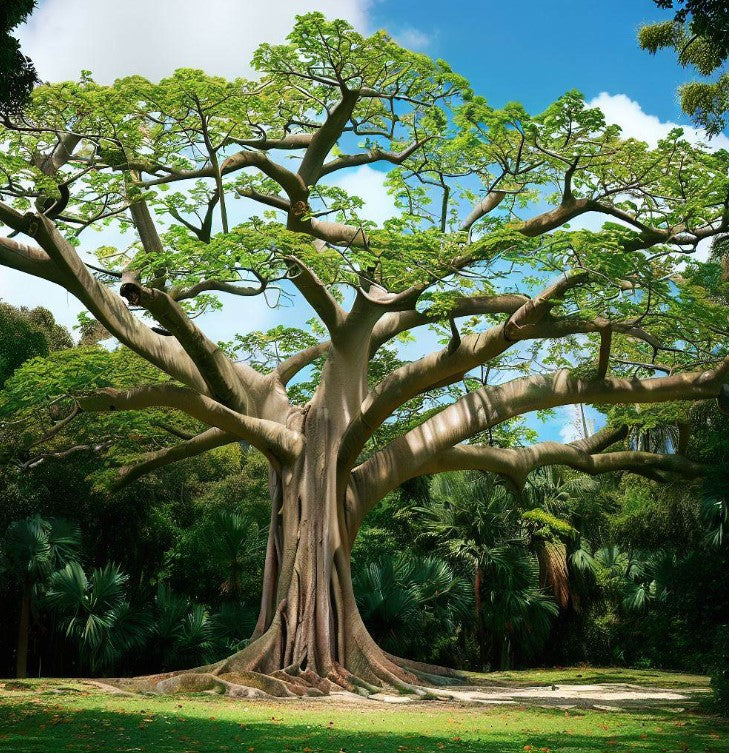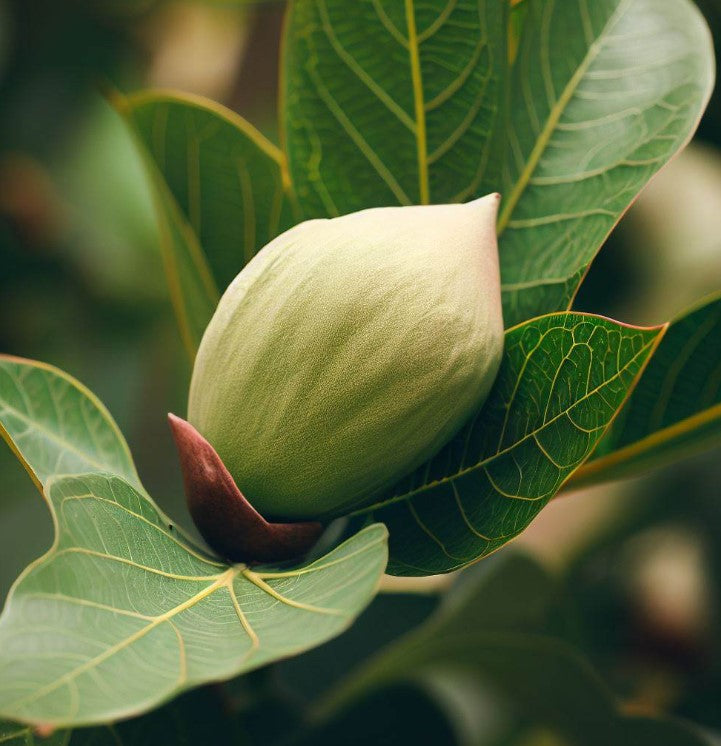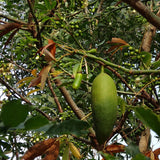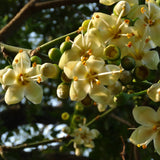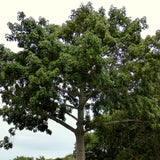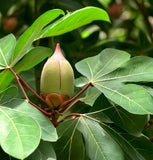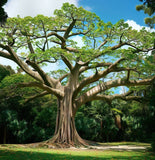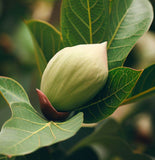Ceiba pentandra (Kapok Tree)
Ceiba pentandra (Kapok Tree) is a large deciduous tree native to tropical regions of Central and South America. The Kapok Tree is a tall and majestic tree that can reach heights of 130 to 230 feet (40 to 70 meters). It has a straight, cylindrical trunk with buttress roots at the base for support. The tree has a spreading canopy with large, palmate leaves that are bright green and compound, consisting of multiple leaflets. During the dry season, the tree sheds its leaves, appearing bare for a period.
Bark: The bark of the Kapok Tree is grayish-brown and smooth when young, but becomes rough and fissured with age.
Flowers: The Kapok Tree produces large, showy flowers that are typically white or cream in color. The flowers have five petals and numerous stamens. They are fragrant and attract pollinators like bees and bats. The tree is known for its spectacular blooming displays.
Fruit and Seeds: After pollination, the Kapok Tree produces large, woody, oval-shaped fruits known as "kapok pods" or "silk cotton pods." The pods are typically green when young and turn brown as they mature. Inside the pods are numerous seeds surrounded by fluffy, cotton-like fibers known as kapok. The kapok fibers are lightweight and water-resistant, and they help the seeds disperse by wind.
Habitat and Range: The Kapok Tree is native to tropical rainforests in Central and South America, but it is also cultivated in other parts of the world with suitable tropical climates. It prefers well-drained soil and thrives in hot and humid environments.
Uses: The Kapok Tree has a long history of human uses. The kapok fibers obtained from the pods have traditionally been used as stuffing for pillows, mattresses, and life jackets due to their buoyancy and insulation properties. The wood of the Kapok Tree is lightweight and not very durable, but it has been used for temporary construction, canoes, and carvings. The tree also has cultural and spiritual significance in many indigenous cultures.
Ecological Importance: The Kapok Tree plays a vital role in tropical rainforest ecosystems. Its large canopy provides shade and creates a microhabitat for a diverse range of plants, animals, and epiphytes. The flowers attract pollinators, and the tree's fruits and seeds are a food source for various wildlife species.
Botanical Name : Ceiba pentandra
Common Name : Kapok Tree
Height : 100-10 ft
Spread : 90 ft
Germination Info : Seed does not require a pre-treatment
Hardiness zone : 9- 11
Average seed per ounce : Approx. 430

